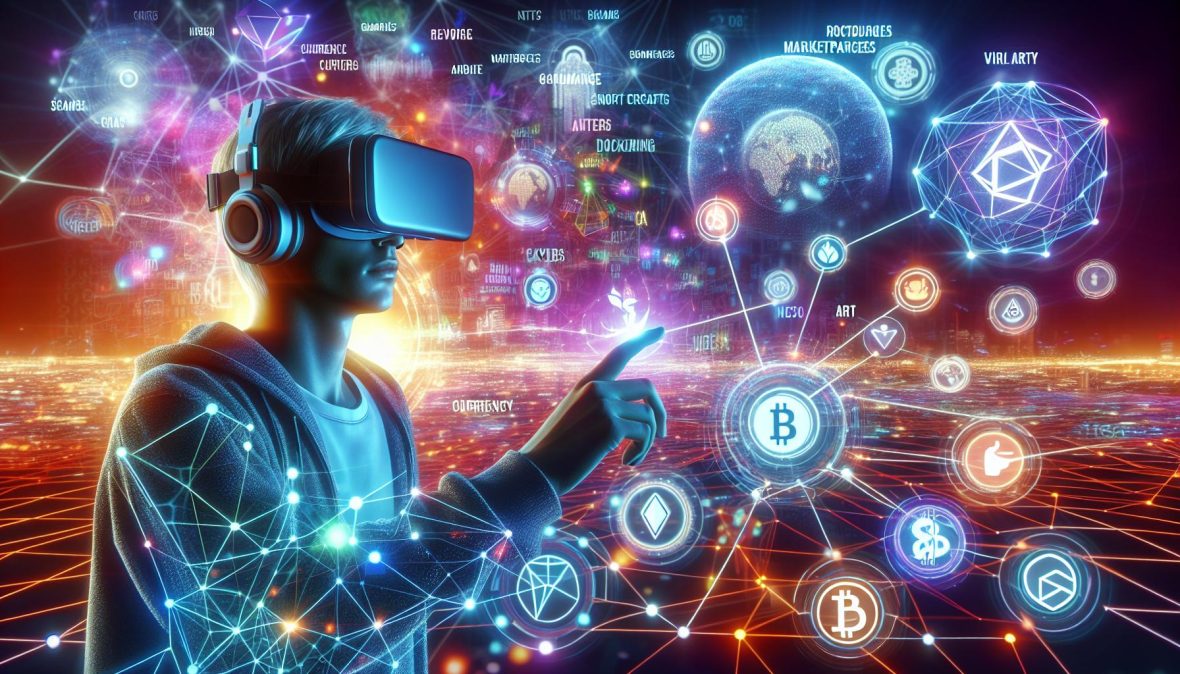Understanding the Meta Coin Ecosystem: Features, Players, and Future Outlook

The meta coin ecosystem represents a new frontier in digital currency, blending blockchain technology with virtual reality. This post explores the key aspects of meta coins and their ecosystem, providing an overview of their potential to reshape our digital interactions.
Key Takeaways
- Meta coins are more than just currency; they’re integral to creating new digital possibilities in the Metaverse.
- Major players include Meta Coin Projects, Crypto Gaming Platforms, DeFi Platforms, NFT Marketplaces, and Wallet/Security Providers.
- Key features include Smart Contracts, Decentralized Applications (dApps), and secure wallets and exchanges.
- Real-world applications are emerging in gaming and NFT marketplaces, with projects like Epic Games and OpenSea leading the way.
- The ecosystem faces challenges such as blockchain integration complexity and security concerns, but also offers significant potential for growth and innovation.
Understanding the Meta Coin Ecosystem
Definition and Overview
Meta coins are digital currencies designed for use in the Metaverse, facilitating transactions across various virtual platforms. They leverage blockchain technology to ensure transparency and enable peer-to-peer interactions without intermediaries.
Key Players
- Meta Coin Projects: Develop and launch specialized digital currencies for Metaverse platforms.
- Crypto Gaming Platforms: Allow users to earn meta coins through gameplay.
- DeFi Platforms: Enable borrowing, lending, and staking of meta coins.
- NFT Marketplaces: Facilitate buying, selling, and trading of digital assets using meta coins.
- Wallet and Security Providers: Ensure safe storage and transactions of meta coins.
Features of the Meta Coin Ecosystem
Smart Contracts and Decentralized Applications (dApps)
Smart contracts automate processes on the blockchain, while dApps enable transparent, decentralized operations within the ecosystem. These features streamline transactions and interactions in virtual environments.
Wallets, Exchanges, and Interactions
Digital wallets secure meta coins and other virtual assets. Exchanges facilitate trading, while blockchain technology ensures all interactions are transparent and secure.
Case Studies and Future Outlook
Success Stories
Projects like Epic Games’ integration of blockchain in Fortnite and OpenSea’s NFT marketplace demonstrate the real-world potential of meta coins.
Challenges and Solutions
The ecosystem faces challenges such as blockchain integration complexities and wallet security concerns. However, these issues are driving innovation in security protocols and integration solutions.
Future Trends
Growing trends include increased blockchain integration in gaming and other industries, potentially expanding the cryptocurrency market and user base.
Advantages and Disadvantages
Pros
- Reshaping economic transactions in virtual spaces
- Revolutionizing the gaming industry
- Monetizing digital assets through NFT marketplaces
- Enhancing transaction efficiency through smart contracts
Cons
- Blockchain integration complexity
- Security threats to digital assets
- Regulatory challenges
- Market volatility
- Accessibility concerns for non-tech-savvy users
Conclusion
The meta coin ecosystem represents a significant shift in how we interact with digital platforms and conduct transactions in virtual spaces. While challenges exist, the potential for innovation and growth in this space is substantial. As the ecosystem evolves, it will likely continue to reshape our digital experiences and financial interactions.
To learn more about meta coins and how they might impact your digital future, consider exploring reputable blockchain and cryptocurrency resources or consulting with a financial advisor familiar with digital assets.
